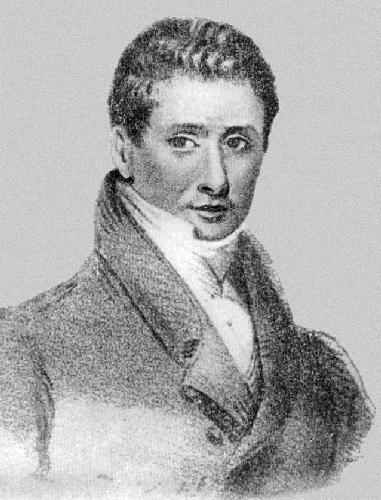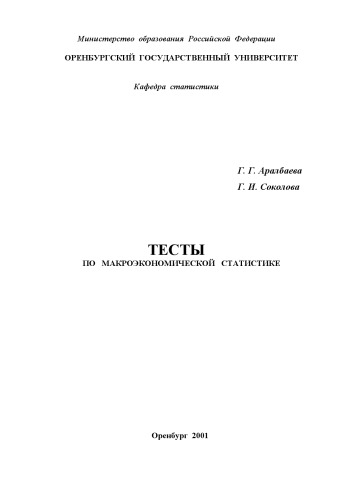- 2 402 202 книги
- Поиск
libcats.org














Нет обложки
The Discipline of Innovation
Peter F. DruckerHow much of innovation is inspiration, and how much is hard work? The answer lies somewhere in the middle, says management thinker Peter Drucker. In this HBR classic from 1985, he argues that innovation is real work that can and should be managed like any other corporate function. Success is more likely to result from the systematic pursuit of opportunities than from a flash of genius. Indeed, most innovative business ideas arise through the methodical analysis of seven areas of opportunity. Within a company or industry, opportunities can be found in unexpected occurrences, incongruities of various kinds, process needs, or changes in an industry or market. Outside a company, opportunities arise from demographic changes, changes in perception, or new knowledge. There is some overlap among the sources, and the potential for innovation may well lie in more than one area at a time. Innovations based on new knowledge tend to have the greatest effect on the marketplace, but it often takes decades before the ideas are translated into actual products, processes, or services. The other sources of innovation are easier and simpler to handle, yet they still require managers to look beyond established practices, Drucker explains. The author emphasizes that innovators need to look for simple, focused solutions to real problems.
EPUB | FB2 | MOBI | TXT | RTF
* Конвертация файла может нарушить форматирование оригинала. По-возможности скачивайте файл в оригинальном формате.
Популярные книги за неделю:

Проектирование и строительство. Дом, квартира, сад
Автор: Петер Нойферт, Автор: Людвиг Нефф
Размер книги: 20.83 Mb

Система упражнений по развитию способностей человека (Практическое пособие)
Автор: Петров Аркадий НаумовичКатегория: Путь к себе
Размер книги: 818 Kb

Сотворение мира (3-х томник)
Автор: Петров Аркадий НаумовичКатегория: Путь к себе
Размер книги: 817 Kb

Радиолюбительские схемы на ИС типа 555
Автор: Трейстер Р.Категория: Электротехника и связь
Размер книги: 13.64 Mb
Только что пользователи скачали эти книги:

Проектирование и строительство. Дом, квартира, сад
Автор: Петер Нойферт, Автор: Людвиг Нефф
Размер книги: 20.83 Mb

Система упражнений по развитию способностей человека (Практическое пособие)
Автор: Петров Аркадий НаумовичКатегория: Путь к себе
Размер книги: 818 Kb

Сотворение мира (3-х томник)
Автор: Петров Аркадий НаумовичКатегория: Путь к себе
Размер книги: 817 Kb

Радиолюбительские схемы на ИС типа 555
Автор: Трейстер Р.Категория: Электротехника и связь
Размер книги: 13.64 Mb

Введение в конфигурирование в системе 1С Предприятие 8.0. Основные объекты. Методические материалы для слушателя сертифицированного курса (редакция 2)
Автор:Категория: Офисные программы бизнес-приложения
Размер книги: 3.81 Mb

Конструктивная психология конфликта
Автор: Хасан Б.И.Категория: Психология теоретическая учебная литература
Размер книги: 272 Kb

Н.И.Тургенев один из первых представителей классической политической экономии в России
Автор: Рогачевская М.А.Категория: Экономика экономические науки
Размер книги: 816 Kb

Introduction to Singularities and Deformations
Автор: Gert-Martin Greuel, Автор: Christoph Lossen, Автор: Eugenii I. Shustin
Размер книги: 4.51 Mb

Профессия ''Наладчик шлифовальных станков''. Государственный образовательный стандарт начального профессионального образования
Автор: Институт развития профессионального образованияКатегория: Станкостроение
Размер книги: 278 Kb

Тесты по макроэкономической статистике
Автор: Аралбаева Г.Г., Автор: Соколова Г.И.Категория: Статистика
Размер книги: 724 Kb






